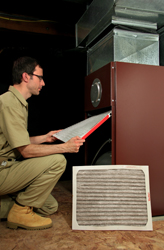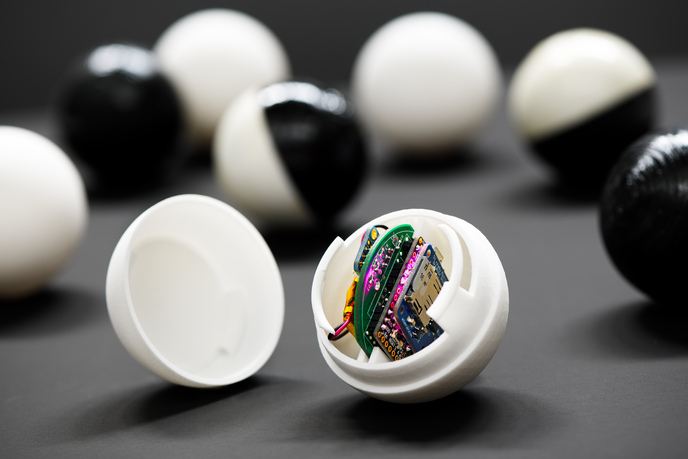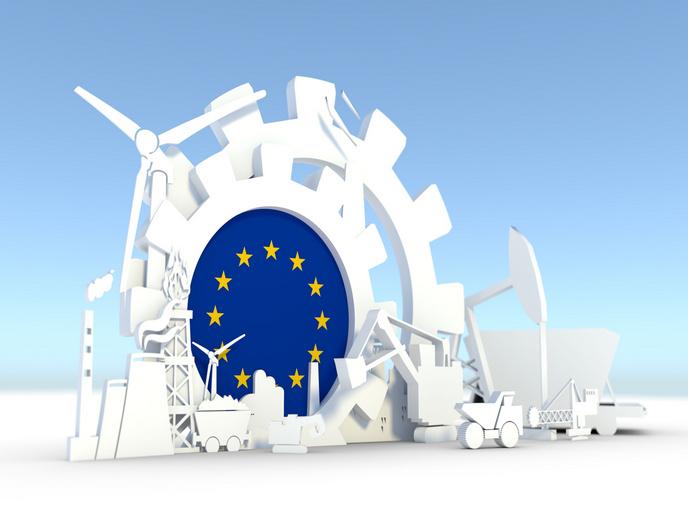Filtering out the dirt
A simple filtering device can make the difference between health and disease or between a good product and a bad product. Filters for water and wastewater are crucial to our health, but are also valuable in industrial processes like fuel, energy, food and agro-industry. Filters generally have membranes which collect filtered residues, and these membranes can often get very dirty and clogged, causing complications and dangerously compromising the filtering process. A harmful 'cake layer' may form, causing a phenomenon called 'fouling'. The EU-funded project Hi-Fre is developing 'Efficient membrane filtration units with integrated high frequency backpulsing device'. Put simply, this means that once the filter starts clogging, the device reverses the thrust with a lot of power to safely flush out harmful residue. Hi-Fre is developing such a device to be integrated into filtration systems and beyond. The applications being considered for this backpulsing technology range from the treatment of liquid residues from biomass-based power generation to treatment and reuse of process fluids and wastewater. The project addresses all critical points along the filtering process. It delves into the hydrodynamics of high-frequency backpulsing and novel backpulsing devices, as well as adapted membrane configurations and new applications for this creative technique. The technique works by reversing the pressure between the feed and the outer side of the filter using short backpulses in a very controlled process. In the first phase of the project, seven SMEs and one industrial end-user, in addition to R&D stakeholders have all investigated the system's design. They agreed that a successful backpulse device should be capable of controlling backpulse frequency and be flexible enough to work with different types of sophisticated membranes. Fortunately, the backpulse device developed meets these requirements and has been constructed in a practical way, using a motor-driven piston rather than valves. Continued testing against different membrane modules provided by SME membrane manufacturers has also proven successful. The backpulsing systems have been tested with different membranes and feed solutions such as surface water, biomass from wastewater treatment plants and liquid residues from biogas plants. With initial success confirmed, the way has been paved for further improvements of the systems and their application on a pilot scale.







